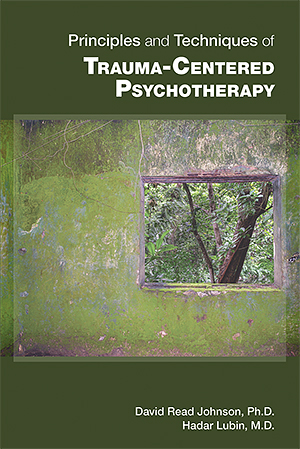Sections
Excerpt
The presentation of trauma-centered psychotherapy is organized in three levels. In this chapter four axiomatic concepts are presented that provide a foundation for the work and situate the encounter between the therapist and the client within certain boundaries (Table 2–1). The establishment and maintenance of these boundaries become the trauma-centered frame, without which the interaction is likely to depart from its intended purpose (see Chapter 3, “Establishing the Trauma-Centered Frame”). Second, in Chapter 4 (“Principles of Trauma-Centered Psychotherapy”) three basic principles that the therapist should apply in his or her clinical interventions are presented. Whereas the axioms refer to the nature of trauma, the principles guide the therapist’s behavior. These principles, when followed, concretize the trauma-centered environment for the client, communicating forcibly to him or her that the interaction with the therapist will not be like other therapeutic interactions. Finally, in Chapter 5 (“The Four Main Techniques”), the specific techniques that the therapist can use in the moment-to-moment process of trauma-centered work are introduced. These techniques follow from the principles and axioms but are highly specific to particular moments of the therapy. Later chapters present the use of these techniques in treatment.
Access content
To read the fulltext, please use one of the options below to sign in or purchase access.- Personal login
- Institutional Login
- Sign in via OpenAthens
- Register for access
-
Please login/register if you wish to pair your device and check access availability.
Not a subscriber?
PsychiatryOnline subscription options offer access to the DSM-5 library, books, journals, CME, and patient resources. This all-in-one virtual library provides psychiatrists and mental health professionals with key resources for diagnosis, treatment, research, and professional development.
Need more help? PsychiatryOnline Customer Service may be reached by emailing [email protected] or by calling 800-368-5777 (in the U.S.) or 703-907-7322 (outside the U.S.).



